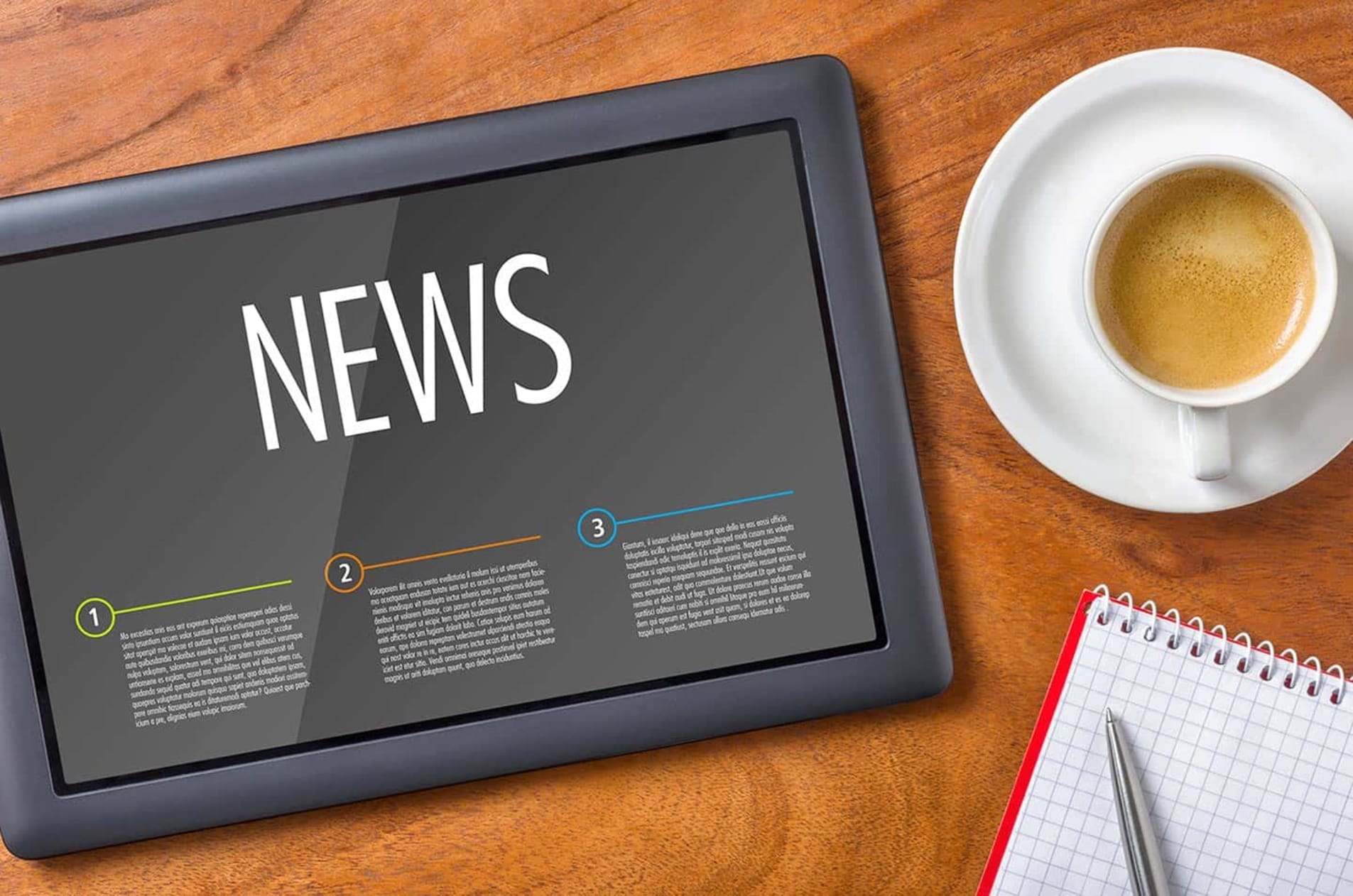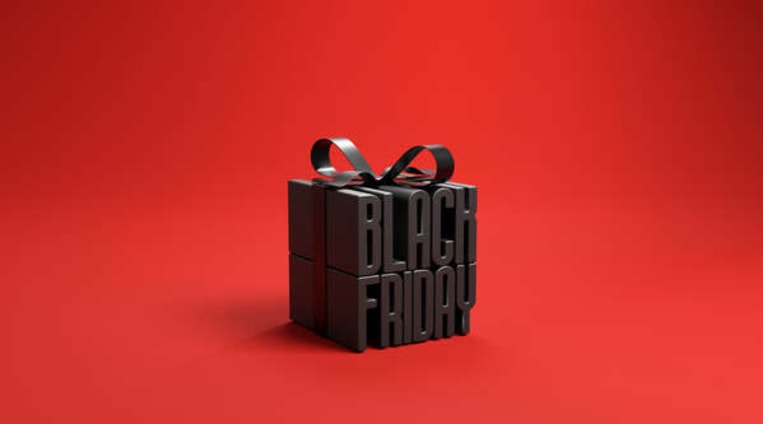
BBB Business Tip: Black Friday stats every small business owner should know

(Getty Images)
Updated October 20, 2025 with new statistics.
Black Friday is quickly approaching, and if you haven't started thinking about your marketing activities yet, it's time to jump on it. However, before you can jump into the creative process, you need to take the time to study last year's trends and stats to create marketing campaigns that will perform.
What you'll learn:
-
Key shopping and spending trends shaping Black Friday 2025
-
How changing consumer behaviors can guide your sales strategy
-
Practical ways to use data and technology to boost efficiency and customer satisfaction this holiday season
Black Friday is one of the busiest shopping days of the year.
But it also offers small business owners the chance to make some money. Here are eight stats you need to know before you plan your Black Friday strategy.
1. Holiday online shopping surpassed $131 billion in 2024.
Between November 1 and December 2, 2024, consumers spent $131.5 billion online, up 9% from 2023. Mobile shopping made up over 50% of those sales. Consumers are spreading out their purchases across the full holiday season. Start advertising early and maintain consistent deals to capture both early planners and last-minute buyers.
2. 73% of men say that Black Friday is a great day for deals, compared to 67% of women.
When people think of Black Friday shopping, most assume females will be the ones to take full advantage of getting up and heading out to save a few bucks. 73% of men stated that if presented with the right deal, they could be convinced to shop Black Friday deals compared to 67% of women.
3. Shoppers are starting earlier than ever.
92% of consumers begin researching deals before the holiday season, and nearly half track discounts using wish lists or price alerts. Build anticipation with early teasers, email campaigns, and wish list features so potential customers include your products in their research phase.
4. Brick-and-mortar retail is expected to grow to approximately $28.3 trillion by 2030.
Brick-and-mortar retail is expected to increase to over $28.3 trillion by 2030. Even as online shopping grows, in-person retail remains a dominant force. Strengthening your in-store experience through excellent customer service, local promotions, and seamless integration with online options—can help you capture a larger share of the spending that still happens face-to-face.
5. Gift cards ranked as the most popular planned purchase.
Gift card purchases continue to rise, with 46% of baby boomers naming them as their top planned holiday purchase. This marks a shift toward flexible, practical gifting options that allow recipients to choose their own items which reflects consumers’ focus on value and convenience amid economic uncertainty. Offering branded or customizable gift cards can boost end-of-year sales, attract new customers, and encourage repeat visits after the holidays. Consider promoting gift cards as an easy, stress-free option for last-minute shoppers both in-store and online.
6. Cyber Monday is forecasted to outperform Black Friday, with revenues forecasted to exceed 13 billion.
While many businesses plan to include online sales as part of their Black Friday marketing strategies, Cyber Monday is, again, expected to outperform Black Friday sales. This is because Cyber Monday has earned its reputation for online holiday deals. However, with more shoppers still choosing to make online purchases this holiday season, the right deal could convince your audience to purchase on Black Friday instead of Cyber Monday, so you must perform the right research to see what your competitors are planning. Instead of focusing all your efforts on a single day, plan promotions that span the entire weekend or even the full week to keep momentum going.
7. AI chatbots save retailers over 5,000 hours of customer support time during November.
Online retailers using AI-powered chatbots save over 5,000 hours of customer support time during November alone: the equivalent of 213 workdays. These virtual assistants help manage the surge in inquiries during peak shopping periods like Black Friday and Cyber Monday. Integrating AI chatbots can significantly reduce staff workload while improving response times and customer satisfaction. Automating routine questions frees your team to focus on complex issues and high-value interactions—helping your business maintain service quality during the holiday rush.
8. Mobile purchases accounted for more than half of all online sales.
Smartphones drove 55% of online sales on Black Friday in 2024, underscoring the importance of having a mobile-friendly website and checkout process. If your site isn’t optimized for mobile, you’re missing out on the majority of online shoppers. Test your pages, checkout forms, and loading times well before the holiday rush.
Get ready for Black Friday with more tips from the BBB
Black Friday is considered the most important retail day of the year and is a huge opportunity for small businesses to increase their sales and gain new customers. You can take advantage of the right approach and create a profitable holiday.
Get ready for the upcoming holidays with more BBB business news feed tips.
See BBB's tips on maximizing your business's Black Friday, Small Business Saturday, and Cyber Monday sales.
BBB of Southern Piedmont and Western N.C. contributed to this article.
Still Need Assistance?
Contact Your Local BBB
Your local Better Business Bureau can assist you with finding businesses you can trust. Start With Trust®.
Additional Resources
Let BBB help you resolve problems with a business
Research and report on scams and fraud using BBB Scam Tracker
Learn more about the value of BBB Accreditation